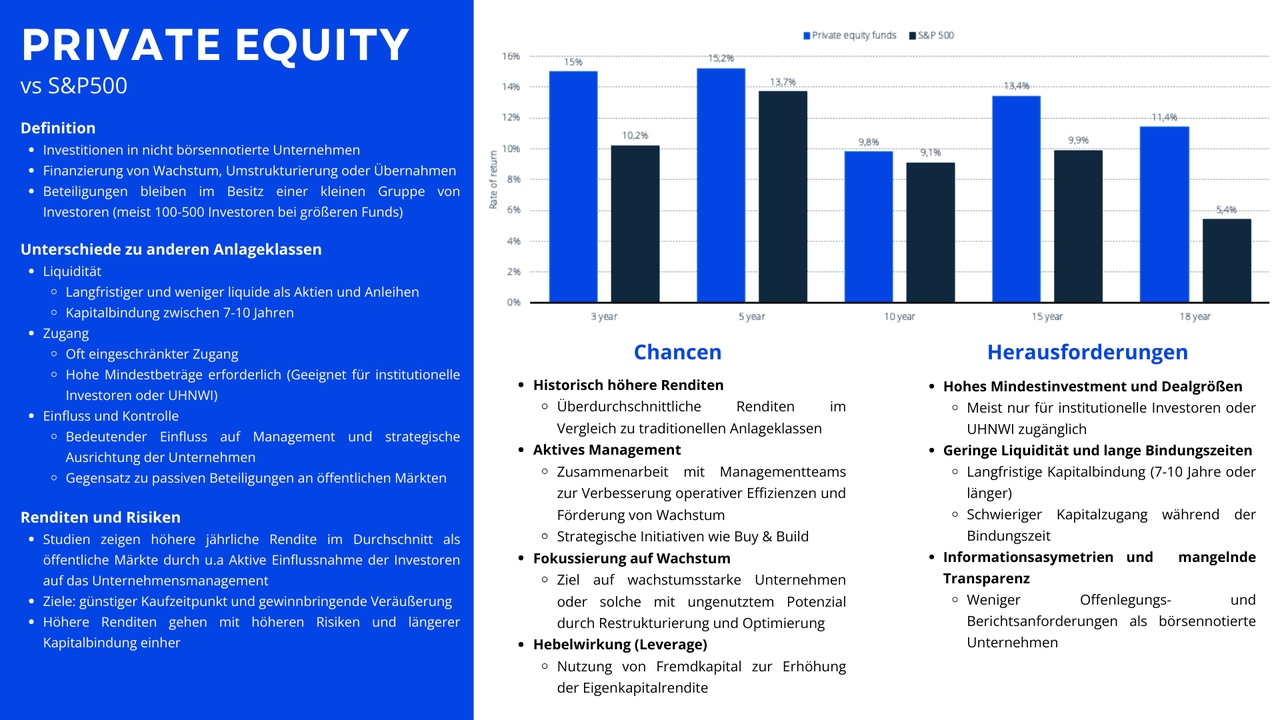getquin Daily Summary 08.08.2022
Hello getquin,
I wish you a good start into the week! Today it's about Pfizer, the Carlyle CEO and Hodlnaut.
Also included are the quarterly figures for Palantir, BionTech and today's special is about Hellofresh!
Europe🌍:
1. Pfizer to acquire Global blood for $5.4 billion
The U.S. pharmaceutical company Pfizer has made a find in its search for acquirers. The company, which makes the Corona vaccine, is interested in acquiring Global Blood for $5.4 billion, the company announced Monday. The offered share price of $68.50 is 7.3 percent above Friday's closing price.
The deal was approved by the boards of both companies, the statement said. Shares of Global Blood, the company that makes the blood disease drug Oxbryta, rose 4.5 percent on the news.
Successful takeover? https://bit.ly/3p3tleW
🟥 $PFE (-3,02%) (🔽 -1,02%)
America🌏:
2nd Carlyle CEO Kewsong Lee resigns early
Private equity firm Carlyle Group Inc. said Sunday that Chief Executive Kewsong Lee, 56, has resigned effective immediately, months before the scheduled end of his five-year contract.
Carlyle said in a statement that it had reached an agreement with Lee not to renew his contract, which expires at the end of 2022, without specifying the reasons. The company, which released its results two weeks ago without hinting at possible changes in management, said Lee had also resigned as a board member.
More on the resignation: https://reut.rs/3SymVC3
🟥 $CG (-5,48%) (🔽 -0,64%)
Asia🌏:
3rd Singapore-based crypto lender Hodlnaut suspends withdrawals
Hodlnaut, a Singapore-based cryptocurrency lender and borrower, has suspended withdrawals, swaps and deposits, the company said Monday, the latest sign of stress in the cryptocurrency industry.
The crypto lender also said it would withdraw its application for a license from the Monetary Authority of Singapore (MAS) to offer digital token payment services, for which it had received approval in principle in March.
I wonder if this is such a good sign. https://reut.rs/3bKD6LQ
Special:🎤
Hellofresh fears for place in the Dax
In four weeks, Deutsche Börse will decide who will be promoted or relegated to the Dax. Last September, online companies HelloFresh, Delivery Hero and Zalando were admitted to the Dax. But the companies have not performed well since admission, and back in June, food delivery company Delivery Hero had to leave the Dax. Now a decision will be made on HelloFresh's Dax place on September 5.
Will Hellofresh stay?: https://bit.ly/3A69aDo
🟩 $HFG (-4,63%) (🔼 +2,88%)
Quarterly figures:
🧪 BionTech $BNTX (-2,88%)
The stock slumped 8.32% after the release of the quarterly figures, as analysts had expected a smaller decline in sales.
EPS: 🟥 €7.08 expected vs €6.45 published; difference: -8.90%.
Sales: 🟥 €4.11 billion expected vs €3.20 billion published; variance: -22.2%
👨💻 Palantir$PLTR (-7,09%)
Palantir reported second-quarter results Monday that showed a loss per share compared to earnings forecasts, but the company beat revenue expectations. Revenue for the quarter increased 26% year over year, and commercial revenue increased 46% year over year.
EPS: 🟥 $0.03 expected vs -$0.01 reported; Difference: -131.70%
Revenue: 🟩 €471.72 million expected vs €473.01 million published; variance: 0.27%
Source: https://cnb.cx/3p0rfMP
Stocks of the day:
🟩 TOP $KRTX 16,24 € (🔼 +61,29%)
➡️ Biopharmaceutical company
👍 Success in a study
🟥 FLOP $PLTR (-7,09%) 9,82 € (🔽 -12,25%)
➡️ Software and DL provider
👎 Poor quarterly figures
🟩 Most searched $TSLA (-6,86%) 894,40 € (🔼 +5,14%)
🟩 Most traded $BBBY 11,33 € (🔼 +44,29%)
🟩 S&P500, 4,181.92 (🔼 +0.89%)
🟩 DAX, 13,711.75 (🔼 +1.02%)
🟩 bitcoin ₿, 23,685.78 (🔼🔽 +3.94%)
Time: 16:45 CEST
Fun Fact:
Parkinson's Law describes the effect of work expanding to exactly the amount of time available to get it done.







